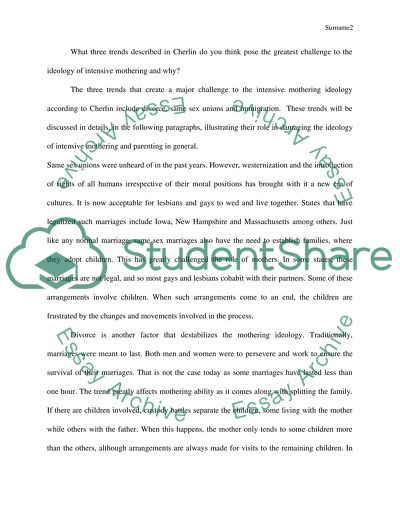Cite this document
(The Korean and Vietnamese Families and Their Traditional Values Research Paper, n.d.)
The Korean and Vietnamese Families and Their Traditional Values Research Paper. Retrieved from https://studentshare.org/family-consumer-science/1622377-answer-the-questions-with-essay-format
The Korean and Vietnamese Families and Their Traditional Values Research Paper. Retrieved from https://studentshare.org/family-consumer-science/1622377-answer-the-questions-with-essay-format
(The Korean and Vietnamese Families and Their Traditional Values Research Paper)
The Korean and Vietnamese Families and Their Traditional Values Research Paper. https://studentshare.org/family-consumer-science/1622377-answer-the-questions-with-essay-format.
The Korean and Vietnamese Families and Their Traditional Values Research Paper. https://studentshare.org/family-consumer-science/1622377-answer-the-questions-with-essay-format.
“The Korean and Vietnamese Families and Their Traditional Values Research Paper”, n.d. https://studentshare.org/family-consumer-science/1622377-answer-the-questions-with-essay-format.


